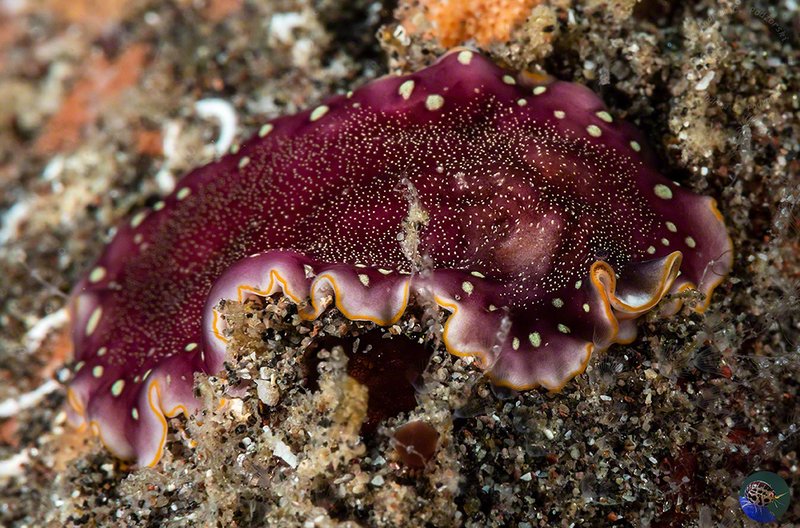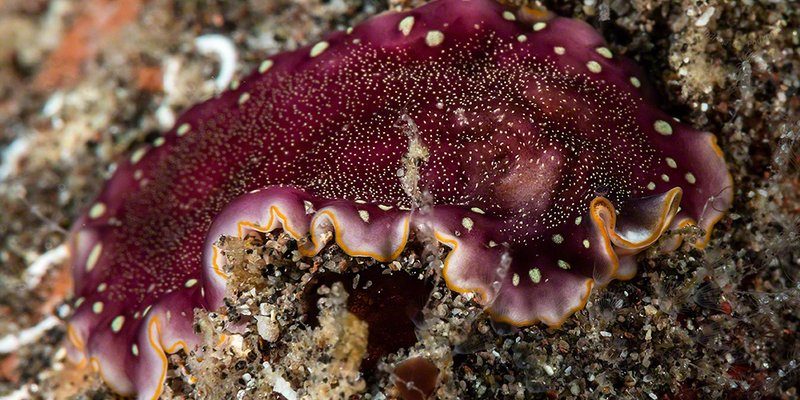
Let’s think of it this way: if you were trying to identify two different types of pasta, you’d want to know the taste, texture, and even how they look when you put them on a plate. It’s the same with these worms. Understanding their unique characteristics can not only satisfy your curiosity but also help in various scenarios, like when you’re diving into tidal pools or studying marine life. So, grab your coffee, and let’s dive into the world of these fascinating creatures.
What Are Bootlace Worms?
Bootlace worms, known scientifically as *Lineus longissimus*, are some of the longest worms in the world. A single bootlace worm can stretch up to 55 meters (that’s over 180 feet!) in length! Imagine a spaghetti strand that just keeps going and going. Found primarily in European waters, these worms have a beautiful, smooth, and often shiny body that can vary in color from a pale yellow to a deep brown.
These fascinating creatures are part of the phylum Nemertea, which places them in the same branch of life as some jellyfish and corals. Bootlace worms are mostly known for their remarkable ability to regenerate. If they lose part of their body, they can grow it back! Isn’t that cool? But aside from their length and regenerative abilities, they are mostly harmless, feeding on small invertebrates and occasionally detritus.
What Are Flatworms?
Flatworms belong to the phylum Platyhelminthes and can be found in various environments, from oceans to freshwater bodies. These creatures are typically much smaller than bootlace worms, ranging from just a few millimeters to a couple of meters in length. Your average flatworm often looks more like a silken ribbon than a traditional worm. They are usually flat and have a simple, soft body that can be vividly colored, featuring stunning patterns that can really catch your eye.
Flatworms are fascinating because they come in two main groups: free-living and parasitic. Free-living flatworms, like planarians, are commonly found in water and can even move actively through their environment. Parasitic flatworms, like tapeworms, hitch a ride on hosts to feed. The differences between these two groups are essential when studying them, as they affect how each lives and thrives.
Body Shape and Structure
Understanding the body shape and structure of the bootlace worm compared to flatworms is one of the easiest ways to differentiate them.
Bootlace worms have a long, slender body that can resemble a piece of string or a bootlace—hence the name. They are not flat in the traditional sense but have a cylindrical shape that can appear slightly flattened when viewed from certain angles.
On the other hand, flatworms have a distinctly flat body, which is easy to visualize when you compare them to a pancake. Their bodies can be wide and ribbon-like, with a smooth appearance. This difference in body shape is crucial; if you see a worm that looks like it barely has any height or bulk, you’re likely looking at a flatworm.
Color Patterns and Textures
Color patterns and textures can also be key identifiers. Bootlace worms often have a shiny, smooth outer layer that can range from brown, green, to yellowish hues. Sometimes, they have a slightly slimy look due to their mucous coating, which helps them glide through their environment.
In contrast, flatworms are famous for their vibrant colors and patterns. Depending on the species, you might find stripes, spots, or even intricate shapes that look like they’ve been painted! They typically have a smooth texture but can vary quite a bit, with some species being more rough or velvety to the touch.
If you’re in the field trying to identify these worms, take a moment to observe their color and texture. A simple glance could be all you need to tell them apart.
Movement and Behavior
How these worms move is another useful factor for identification. Bootlace worms are generally slow movers. They glide through water or crawl along the ocean floor, using their muscular bodies to push against the substrate. You might even spot them coiling and uncoiling as they navigate.
In contrast, flatworms display unique movement. They often use cilia, small hair-like structures, to propel themselves through the water or along surfaces. This means they can be surprisingly quick! If you happen to see a worm moving rapidly in a wavy motion, chances are you’ve encountered a flatworm rather than a bootlace worm.
This behavioral difference can not only help you identify the worms but also make your study of marine life more engaging.
Feeding Habits
Understanding what these worms eat can also provide clues to their identities. Bootlace worms mainly feed on small invertebrates and detritus using a proboscis—a unique feeding structure that can extend from their bodies. They use this long appendage to capture their prey, somewhat like a specialized tongue.
Flatworms, on the other hand, have a more diverse diet based on their type. Free-living flatworms tend to eat small aquatic animals, while parasitic flatworms obtain nutrients directly from their host. Some feed on organic matter as well. If you’re curious about what’s on the menu for these creatures, simply observe their surroundings—the types of prey available can hint at the type of worm you’re looking at.
Now that you’ve got the scoop on how to differentiate bootlace worms from flatworms, you might be wondering why this knowledge matters. Understanding these creatures can deepen your appreciation for marine ecosystems. Whether you’re an amateur biologist, a diver, or just someone who loves the ocean, recognizing the differences between these worms can enhance your experiences.
So, the next time you’re exploring tide pools or just flipping through marine biology literature, keep these tips in mind. By knowing how to identify bootlace worms and flatworms, you’ll be better equipped to appreciate the fascinating diversity of life beneath the waves. Plus, you’ll impress your friends with your newfound worm wisdom!

